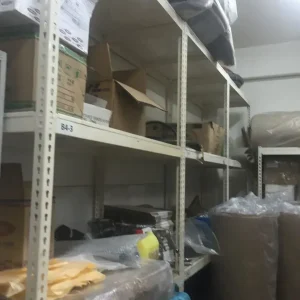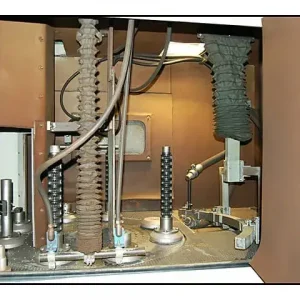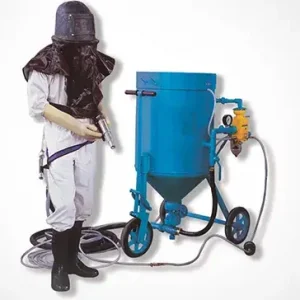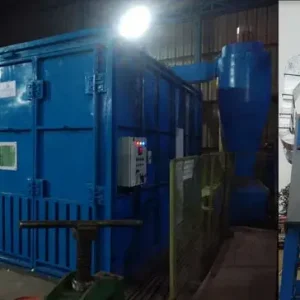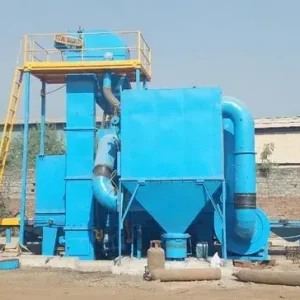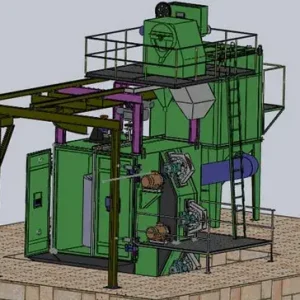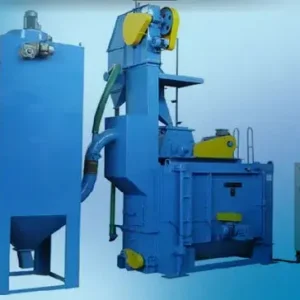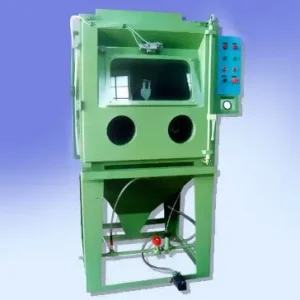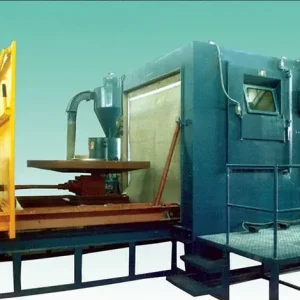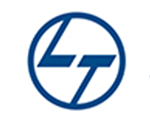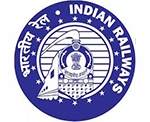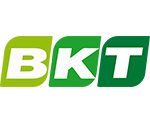Sand blasting is one of the most widely used methods for cleaning and preparing surfaces in industries like construction, automotive, oil & gas, and manufacturing. However, because it involves high-speed abrasives, dust, and safety risks, the process must follow strict standards and guidelines to ensure safety, quality, and environmental protection.
In India, several standards regulate industrial sand blasting practices. At Aerowheel Surface Finishing, we strictly follow these guidelines to deliver safe, reliable, and high-quality blasting services.
🔹 Key Indian Standards for Sand Blasting
1. IS 9954:1981 – Recommendations for Shot Blasting and Sand Blasting
This is the primary Indian Standard that provides detailed recommendations on:
- Selection of abrasives
- Equipment and nozzle specifications
- Surface preparation levels
- Safety measures for operators
2. IS 14177:1994 – Surface Preparation of Steel by Abrasive Blast Cleaning
This standard outlines the requirements for preparing steel surfaces before painting or coating. It specifies the cleanliness levels similar to international standards (like SSPC or ISO), ensuring proper adhesion and coating performance.
3. BIS (Bureau of Indian Standards) Safety Guidelines
BIS provides safety protocols for:
- Protective equipment (helmets, respirators, gloves, suits)
- Ventilation and dust control systems
- Noise level management
- Safe disposal of abrasive waste
🔹 Health and Safety Guidelines in Sand Blasting
Apart from BIS standards, industries must also follow:
Features That Define a High-Quality Paint Spray Booth
Innovations by Leading Shot Blasting Machine Manufacturers
Shot Blasting vs. Sand Blasting: Key Differences
- PPE Use: Operators must wear helmets, air-fed respirators, gloves, and safety suits.
- Dust Control: Use of dust collectors, wet blasting techniques, or low-dust abrasives.
- Training: Workers must be trained in safe equipment handling and emergency protocols.
- Work Zones: Blasting areas should be properly enclosed or barricaded to prevent exposure to others.
🔹 Environmental Considerations
Indian guidelines also emphasize eco-friendly practices, such as:
- Using recyclable abrasives (steel grit, glass beads)
- Preventing contamination of soil and water
- Adopting wet blasting or eco-friendly alternatives like soda or dry ice blasting
🔹 Why Following Standards Matters
- Ensures worker health and safety
- Guarantees high-quality surface preparation
- Meets industrial coating and painting requirements
- Prevents environmental damage
- Builds trust with clients and regulatory bodies
🔹 Final Thoughts
Industrial sand blasting is not just about cleaning—it’s about safety, compliance, and quality. By following Indian standards and guidelines, industries can ensure long-lasting results while protecting workers and the environment.
At Aerowheel Surface Finishing, we strictly adhere to IS 9954, IS 14177, and other BIS guidelines to deliver professional and compliant blasting services across India.








